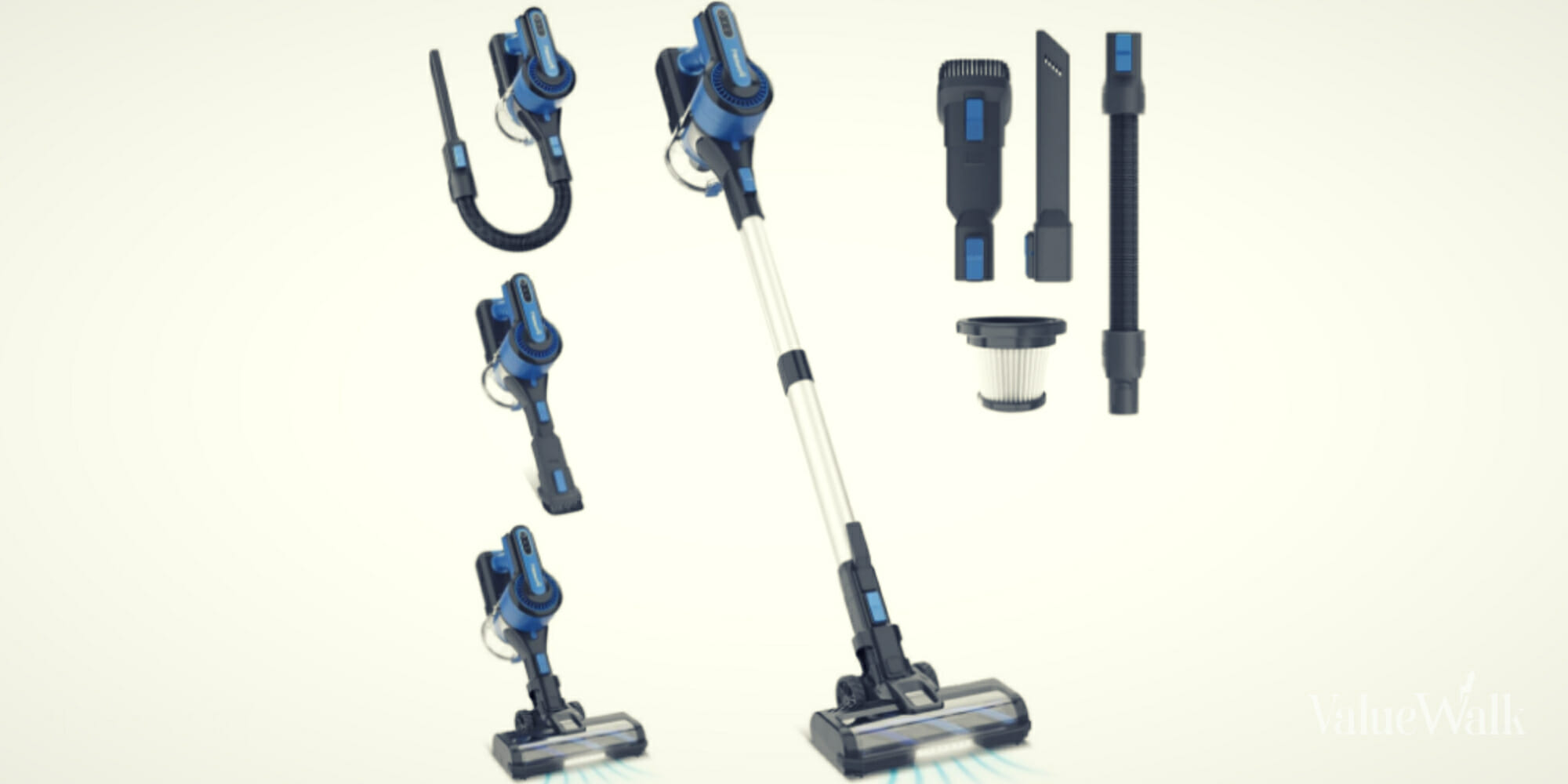Microplate readers, also known as microplate photometers, are devices used in combination with microtiter plates to detect any physical, chemical or biological changes in samples by way of the measurement of light emissions.
One of the most common uses for microplate readers is within the pharmaceuticals research and manufacturing sectors. However, the team at BMG LABTECH has produced a short guide to some of the additional uses of microplate readers for further information.
Q2 hedge fund letters, conference, scoops etc
The uses for microplate readers
Some of the uses for microplate readers are:
- within the arena of drug research and drug discovery
- basic life science research
- Biochemical and cellular research
- within the quality control environment
Different types of microplate readers on the market
Plate readers are mostly used for the biochemical and cellular assays, and measure amounts of light passing through or emitted by samples. However, there are a variety of microplate readers on the market; while some of these may only read certain light wavelengths, the most sophisticated ones can read the full spectra of light.
The most complex microplate readers provide a variety of measurements including the intensity of fluorescence/luminescence, absorbance, time-resolved fluorescence, fluorescence polarization, bioluminescence resonance energy transfer, and fluorescence resonance energy transfer.
Other types of plate readers can provide nephelometry readings, which are measurements of light scattering. The scattering of particles in solution reports on solubility of novel drug formulations or on microbial growth.
One of the latest developments in the field are the products, which can handle long-term cellular assays. These plate readers are in demand for research within life science and university research centers.
Some key questions to ask before any purchase of a microplate reader include:
- Required throughput, so that the speed of the plate reader can be accurately assessed
- Microtiter plate formats that will be handled, as, for example, some plate readers can only be used with 96 well plates
- Types of assays the plate reader will be needed for
Microplate readers have revolutionized science. With their introduction in the market, different possibilities emerged for researches, who were just used to older technologies. While the older devices were limited to read one sample at a time, microplate readers allow researchers to read multiple samples at once.
You can find more information or get in touch with a member of the technical support team with any queries you may have.






